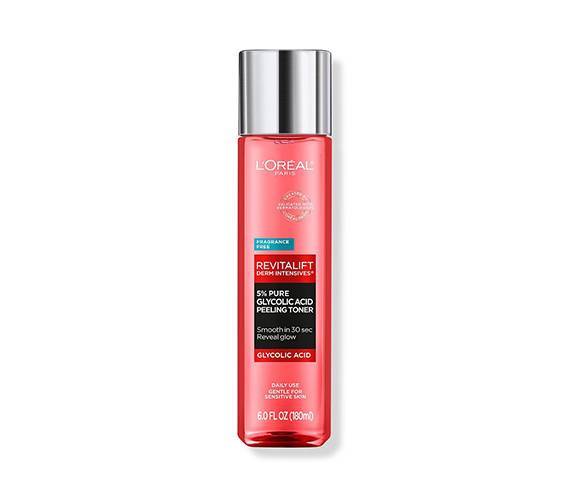How to Get Rid of Closed Comedones (A.K.A. Whiteheads)
April 08, 2022If you have oily skin, chances are you’re familiar with or have even experienced closed comedones, which are more commonly known as whiteheads. Whiteheads are a type of acne that appears on the skin as white bumps. This type of acne requires a different plan of attack than inflammatory blemishes or cysts. Instead of popping them or picking at them (which we never recommend no matter what type of acne you have), try these dermatologist-approved tips and products to help treat and prevent closed comedones.
What Are Closed Comedones?
“Closed comedones are a form of acne that result when a pore becomes completely blocked with dead skin cells and excess oil,” says Dr. Marie Hayag, a board-certified dermatologist in NYC and Skincare.com consultant. They’re also known as whiteheads and can occur anywhere on the skin, most commonly on the face, chest, back and shoulders.
“Closed comedones are very different from all other types of acne because the pore opening is completely closed, leaving the material trapped inside to form a bump beneath the surface of the skin,” she says. Skin cell production and excess oil production are two of the biggest culprits behind closed comedones. “In these cases, the pore opening becomes obstructed so the material inside cannot be extracted without lancing or ‘breaking’ the skin.”
Open Comedones vs. Closed Comedones
“Open comedones are typically known as blackheads,” says Dr. Hayag. “These form when a clog or plug develops in the opening of hair follicles on the skin.” Typically, dead skin cells and oils collect in this opening creating a "plug." When the skin over the bump opens, exposure to the air oxidizes the contents, which causes it to turn a dark color, she explains. Closed comedones are commonly known as whiteheads. “The follicle is completely blocked and the oil plug is not exposed to air. Therefore, it does not take on a dark color,” she says. Whiteheads are typically flesh-colored or as the name suggests, white.
How to Get Rid of Closed Comedones
Add Acne-Fighting Products to Your Regimen
In most cases, whiteheads are easy to manage with topical formulas that you can purchase over the counter. When picking products, Dr. Hayag suggests looking for those with acne-fighting ingredients like benzoyl peroxide, salicylic acid, retinol or glycolic acid as they are all used to help fight and prevent different types of acne blemishes.
Dr. Jeanne Eyde, board-certified dermatologist in Michigan and Skincare.com consultant, is a fan of using salicylic acid to prevent clogged pores and closed comedones from forming. We like the L'Oréal Revitalift Derm Intensives 5% Glycolic Acid Peeling Toner, an exfoliating toner formulated with aloe vera to soothe, and the Thayers Blemish Clearing Pads, which contain maximum strength 2% salicylic acid. Both help remove pore-clogging debris and smooth skin texture.

Take a Trip to Your Dermatologist
If attempting to address closed comedones on your own is unsuccessful, try taking a trip to your dermatologist to get a prescription-strength topical treatment. Dermatologists will typically recommend a retinoid, like adapalene, for addressing both closed and open comedones. Prescription-grade retinoids can increase the turnover of skin cells and reduce the tendency of cells and debris to clump together and clog pores, says Dr. Hadley King, a board-certified dermatologist based in NYC and Skincare.com consultant.
Get an Extraction
If you’re not seeing any improvement after six to eight weeks of using topical products, try getting a comedo extraction for those stubborn whiteheads. Just make sure to go to a skincare professional or a dermatologist for the treatment to ensure you’re getting the best results and avoiding skin damage.
Photo: Chaunte Vaughn
Read More:
Do You Know What Type of Acne You Have?


